No great genius has ever existed without some touch of madness, they say. If that’s true, then Christian von Koenigsegg must be absolutely deranged.
The 43-year old Swede is not the founder and head of hypercar wizards Koenigsegg, but has also been responsible for the kind of prolific invention not seen since the days of Nikola Tesla and Thomas Edison.
One trick pony? Not on your life; Koenigsegg was also potentially the first person to invent the concept of the portable MP3 player in the late 1980s, nearly two decades before the iPod phenomenon became a thing.
Just some of the novel ideas he’s came up with include triplex suspension, which maximises straight-line speed, and his patented free valve technology which offers unlimited control of independent intake and exhaust valves.
Oh, and he even invented the click-in system used to assemble laminate flooring.
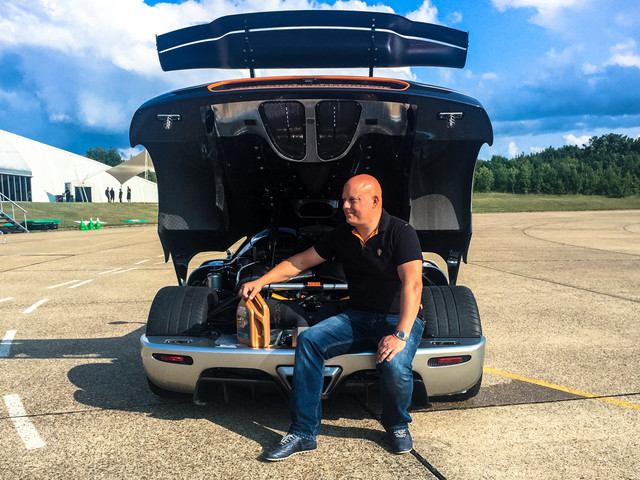
That said, of all his creations, the ones that stand out the tallest are his cars. After watching a Norwegian stop-motion film as a child where a local repairman built his own racing car, Koenigsegg became obsessed with creating the “perfect sports car”.
Eleven years after starting up, the Koenigsegg CCR smashed the Guinness World Record for the fastest production car in the world, having managed 241.63mph on the Italian Nardo ring. A string of critical successes swiftly followed, along with more world records.
Likewise, the new One:1, the world’s first car with a 1:1 power to weight ratio, debuted in true style after its massive 1,323bhp output caused the computers used to register it in Germany to essentially blow up.
With the debut of the 1,160bhp Agera RS and the Regera plug-in hybrid at this year’s Geneva Motor Show, Koenigsegg continues to be one of the world’s foremost leaders in outrageously powerful supercars.
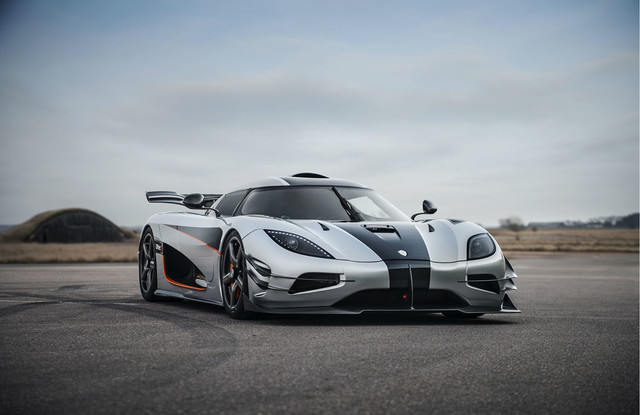
So what makes a man like Christian tick? Where does the lines between genius and madman start to blur, or do they even exist at all?
“I have always been the type of person who investigates and invents things. It’s in my nature,” he says. “As I grew up I was constantly pulling things apart to see how they worked, to see if I could make them work better. Sometimes they did, sometimes they didn’t, but I always learned something along the way.”
Koenigsegg’s first creations were actually radio-controlled cars, which he started re-wiring when he was just five years old in order to make them spin around and go faster. Two years later he got his first soldering kit as a present and built his version own RC car from scratch.
“I quickly learned how electronics and mechanics worked together on an intuitive level,” he said. “I didn’t read up on it. I just learned that this makes a spark and that brought resistance, which meant less power, things like that.”
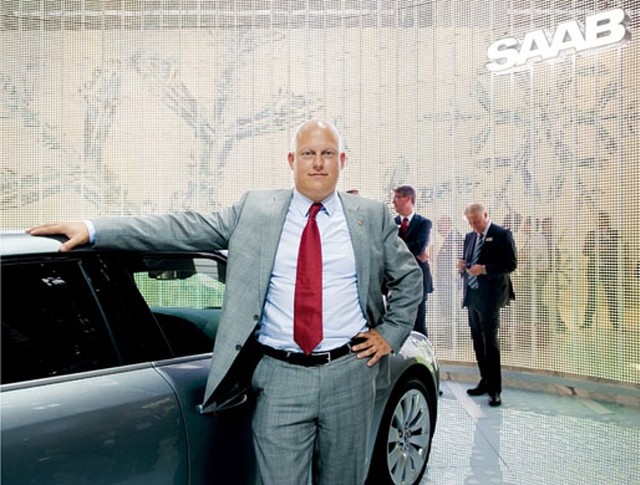
From there, he got a small motorcycle to work on when he was just eight years old, which he then proceeded to restore. By the time he was 15 he’d already started a moderately successful business, taking old mopeds, making them go faster and then selling them on to buy another, better one.
Explaining his natural ability for entrepreneurial pursuits, he said: “I come from a family of entrepreneurs. Both my mother and father had their own businesses so to me, it was natural that I would one day have a business of my own.
“They never told me what I should or shouldn’t do. I wanted to build my cars and that was fine by them. But I knew I’d have to figure out how to do that using my own resources. For that to happen, I’d have to make some money.”
Taking advantage of the fall of the Iron Curtain, Koenigsegg then started to build his empire by selling simple necessities like pens and plastic bags to people in Eastern Europe. By 1992, he’d raised enough capital to launch Koenigsegg as a company.
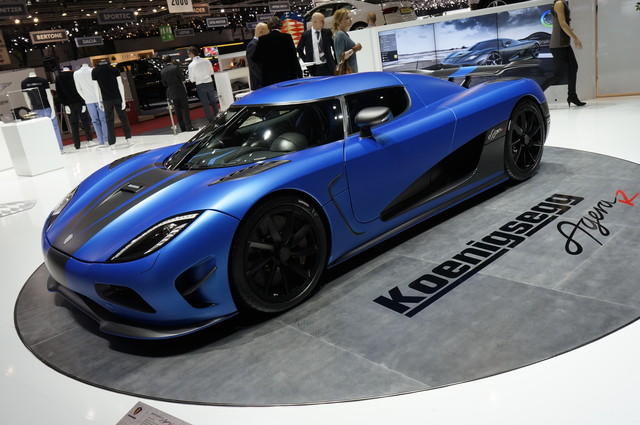
However, while his previous business model was based on selling essential items to buyers who needed them, creating a supercar start-up had, in effect, the opposite problem.
“Nobody was asking for it. It was seemingly impossible. It was expensive,” he said. “Nobody had ever come from nothing and done it successfully before. So it was a stupid business idea, basically.”
“And that’s why I liked it. I wanted to prove to myself and everyone else that anything is possible if you put your mind, heart and soul into it. I really believed that and still do.”
A challenge, then, seems to be the thing that drives him more than anything; breaking down boundaries, one extra horsepower at a time. So much so that creating a regular car is completely out of the question, simply because it’s too easy.
“We work in an area where we can stretch the boundaries of what’s technologically possible,” he said. “Presently that’s far more interesting to me than making mass-market cars.”
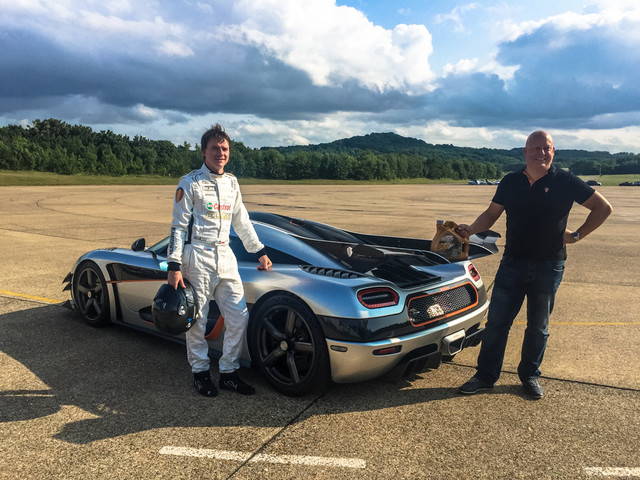
It’s just as well, because the company’s history has been littered with hardships and setbacks. After borrowing 1.5 million crowns from the Swedish government to set up shop in a property that had been promised to them, before Volvo moved in and evicted them.
Renting a small garage nearby, Koenigsegg then found and employed a few skilled locals and by 1996 the first Koenigsegg prototype was ready and running.
When the company outgrew the tiny space, it moved into an old sports car dealership that Christian used to visit as a child, with him finally living the dream. Or so he thought.
A fire in 2003 destroyed all of the company’s records, in addition to Christian’s childhood car sketches, but luckily the cars being built and most of the equipment survived to see another day.

Skip forward twelve years and Koenigsegg now stands at the forefront of high-performance engineering, thanks in no small part to that unique, volatile mixture of genius, madness and more than a little determination.
“People ask me ‘How did you do it? What’s the trick?’, he says. “Well, there is no trick. It’s dedication, blood sweat and tears, no sleep, innovation, thinking positively about things and not giving up.
“There’s no trick. In a way, sometimes it is just pain. When that happens, most people give up. Some persevere and look for a match on the floor in a pitch dark tunnel.”
“You can experience some amount of luck along the way but you only get to do that if you are still around; if you endure the pain, learn from it and grow,” he added. “You get the luck because you took a lot of hits on the way and survived.”



